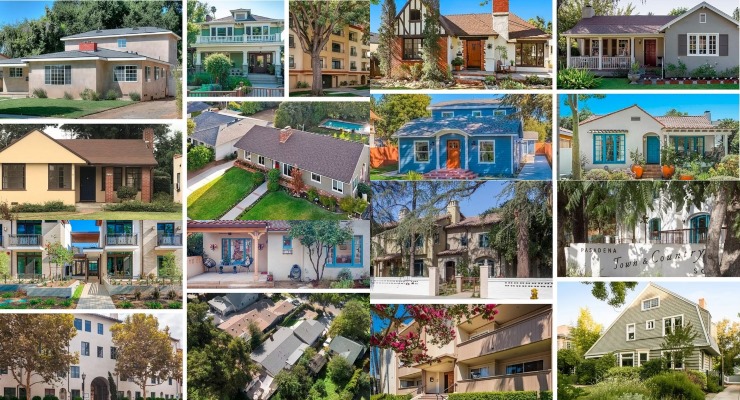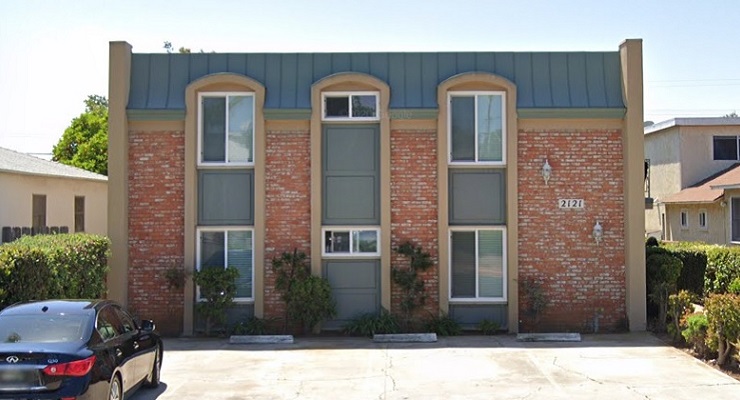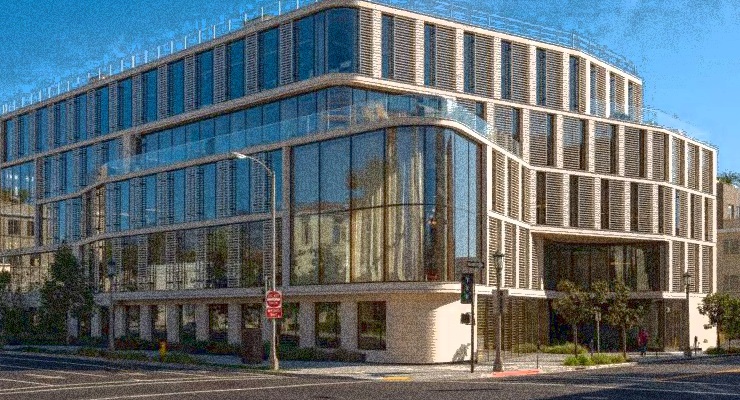
Home sales in Pasadena are showing strong signs of recovering from the pandemic month-over-month, although a shortage of inventory appears to be the limiting factor slowing further progress, experts said.
Local home sales in June were up 66% over what shaped up to be a miserable May for the residential real estate market (108 transactions versus 65), according to data compiled by Trendgraphix.
While the figure represents a 21% decrease from the 137 homes sold in Pasadena in June of 2019, May’s sales had seen a 48% decline over the previous year’s transactions, the data shows.
Real estate experts pointed out that sales reporting figures often lag behind by a month or more, as homes generally spend 30 days or more in escrow before sales become final.
Adam Bray-Ali, a realtor with Coldwell Banker in Pasadena and a member of the Pasadena-Foothills Association of Realtors, said he first noticed the pace picking up in the latter part of May.
“And sales have risen again in June. So our June statistics were very, very strong, and July is looking strong as well,” he said.
At the state level, the California Association of Realtors echoed the sentiment, stating in a July 22 report, “Things continue to slowly improve, but it is clear that a full recovery is still a long way off.”
“After a record 41.4% decline in closed transactions in May 2020 due to coronavirus-related shelter in place orders, California saw the number of home sales rebound sharply in June,” the CAR said in a written statement. “Home sales increased by more than 40% on a month to month basis. And although California is still below 2019 levels by 12.8%, it is a marked improvement from the sub-300,000 levels of April and May.”
Buyers are plentiful, and many homes are receiving multiple officers, Bray-Ali said. But It’s the availability of homes for sale that’s the bottleneck, he said, with 235 houses available for sale in Pasadena at the end of June, compared with 355 in June of last year.
“The impact on the market, especially in Pasadena, is that we saw a decline in the number of available homes for sale. And that was across all price bands,” he said. “But the demand to purchase those homes remained relatively stable. As the months have continued, lower interest rates, which we’re now seeing as generationally and historically low below 3% [are] actually creating even more demand.”
The economic fallout and uncertainty of the pandemic has taken a heavy toll on many people and undoubtedly placed some who would otherwise be in the market for a home in positions where they are unwilling or unable to make a home purchase, Bray-Ali said.
“But people that want to buy homes have had increased buying power because of the lower interest rates.”
The result is a strong sellers’ market, he said.
“Essentially, for every home sold in June 2020, there are 2.2 more on the market,” according to Bray-Ali. Traditionally, a ratio of six would indicate a shift to a buyers’ market.
“There might be five to 10 people trying to purchase one house,” he said.
Home prices have also been encouraging, Bray-Ali said.
“We usually look at the sold prices as an indicator of where the market is going, and the sold prices during the last four months have remained steady or increased,” he said.
Bill Podley, a partner at the deasy penner podley real estate firm in Pasadena, was also pleased with the market’s activity in recent weeks.
“We felt that things really picked up in May, and that buyers began to really commit. Obviously it slowed down for 40-45 days from the middle of March through April,” he said. “People kind of froze in place, but a lot of activity began picking up in May. So June reflects, of course, closings of transactions that would have gone into escrow in April and May.”
Podley said the increase was, “in part, because of low interest rates, and in part, because there are people that typically want to buy this time of year and have been have been shut out because of what was really, I would argue, as much as a 60-day complete slowdown in activity from mid-March to mid-May.”
“[Home prices] are stable and they are going up,” he added.
Financing may be posing a challenge to some buyers, Podley said. “For those who are self-employed, it’s much tougher to get a loan. And that’s because banks and mortgage companies are concerned that if you’re self-employed, will your income continue? Whereas if you’re in a stable salary position in an area that doesn’t seem to be impacted by COVID-19, they’re a better risk.”
“It doesn’t surprise me, because I think lenders are more cautious. But with interest rates below 3% — we’ve never seen that, or we see it in and it goes away quickly. It lasts a week and then the lenders get flooded and the rates creep back up,” Podley said. “But this seems to be a fairly sustained level of 2% to 2.5% on a 15-year conforming loan, up to 3.75% or 3.5% for a jumbo loan. Those are great rates.”
Todd Hays, a partner at deasy penner podley, said he also found the number of houses being offered for sale the primary factor limiting sales from being significantly higher.
“It is solely because we don’t have the inventory to sell,” he said. “There are multiples of houses that had 20 to 30 offers. We could have sold that exact same house 25 times. But we don’t have 25 of them. We only have one of them, so we need to wait for that same kind of house to come on the market.”
“So I think the message that’s imperative to get out to sellers right now is that it is absolutely an amazing time to list and sell your house,” according to Hays. “You may have a hard time buying a new one. But you won’t have a hard time selling it. And the other thing is: If it’s priced, right, you’re going to have multiple offers, which puts sellers in the driver’s seat, which is exactly where a seller wants to be.” deasy penner podley CEO George Penner agreed with his colleagues’ size-up.
“March 15th, the market completely stalled,” he said. “That lasted essentially until June, when we came back online.”
“We’ve seen a pop in sales over the last two months, since June 1st,” Penner said. “The inventory remains low, still. And it’s a continuing problem that we’ve had for quite some time. We are probably looking at a two-month inventory of housing, and in a normalized market, it would be six to eight months of inventory. So there’s still demand and certainly a lot of interest.”






